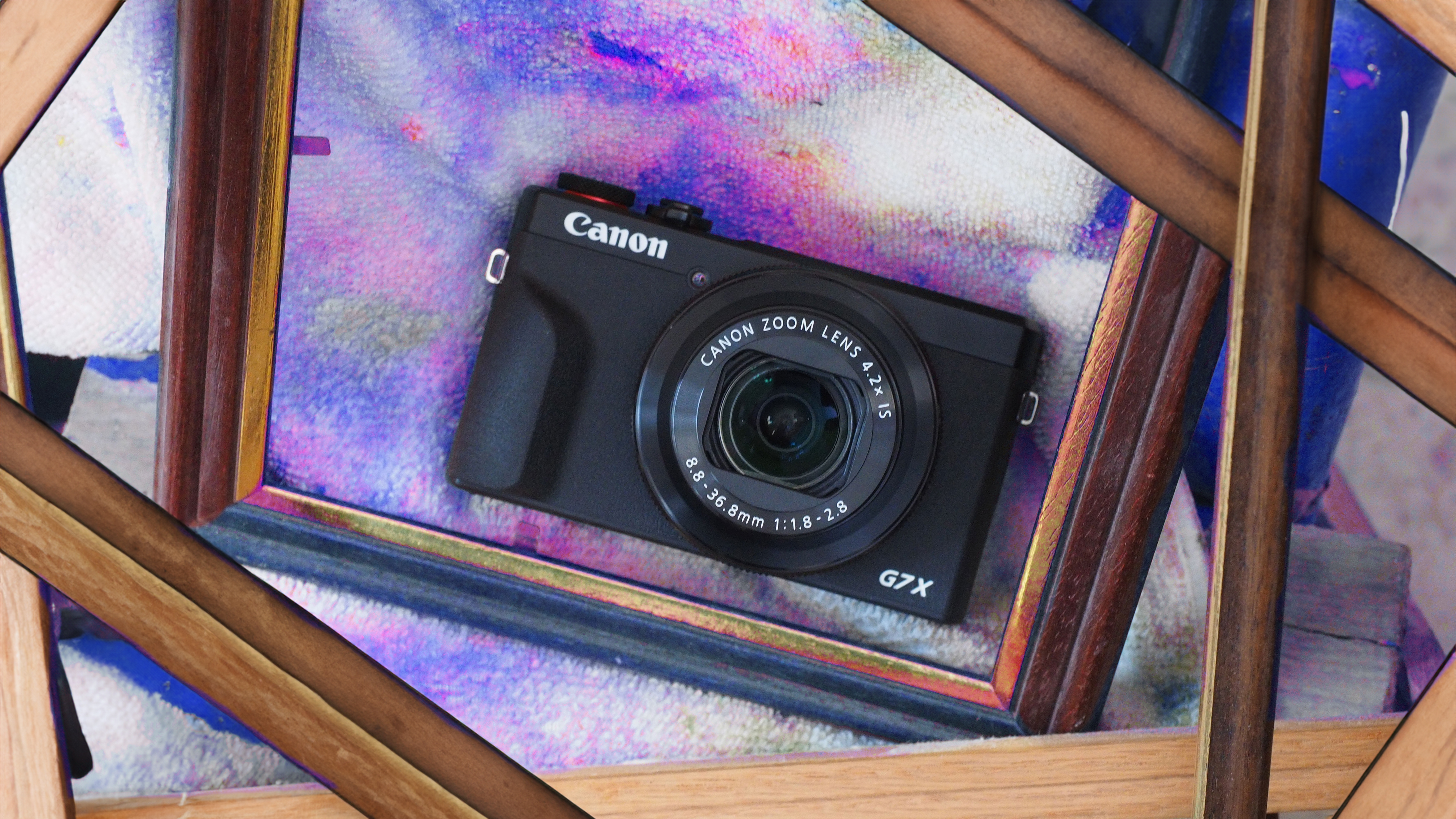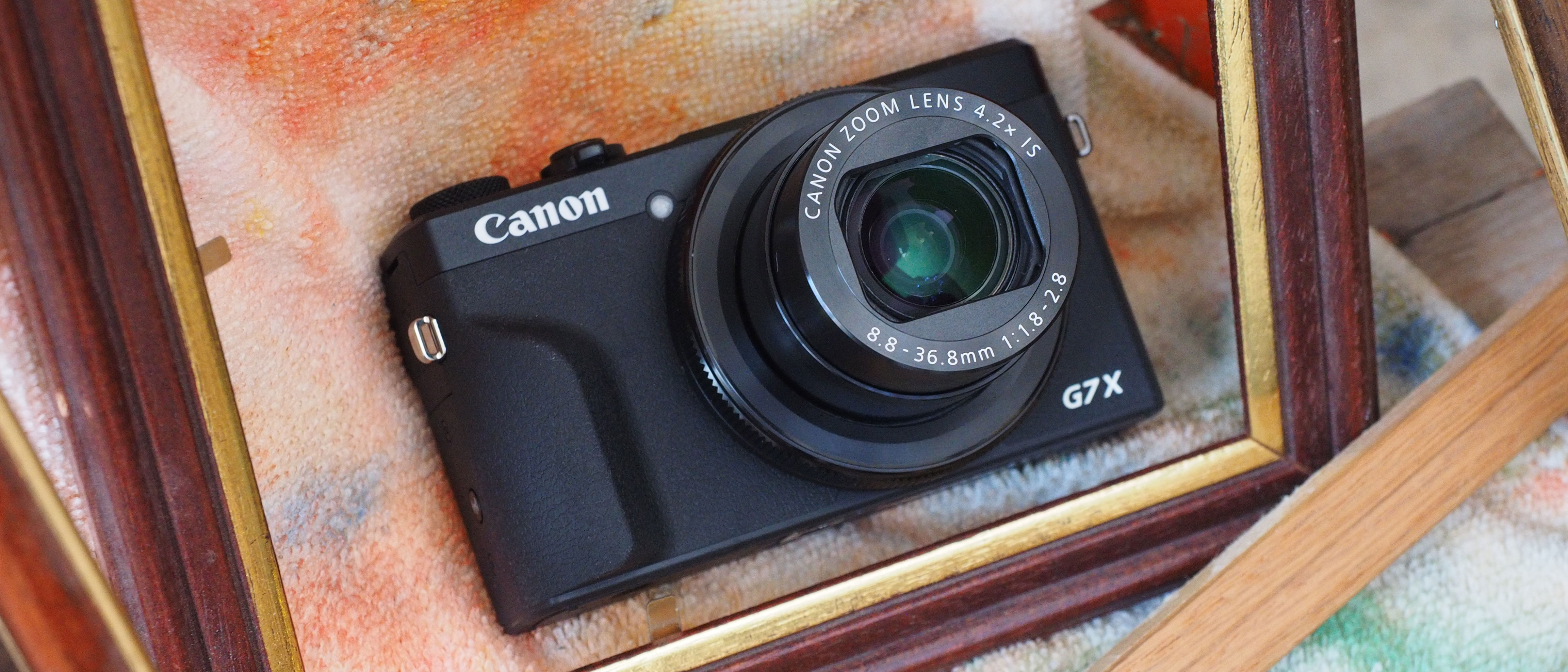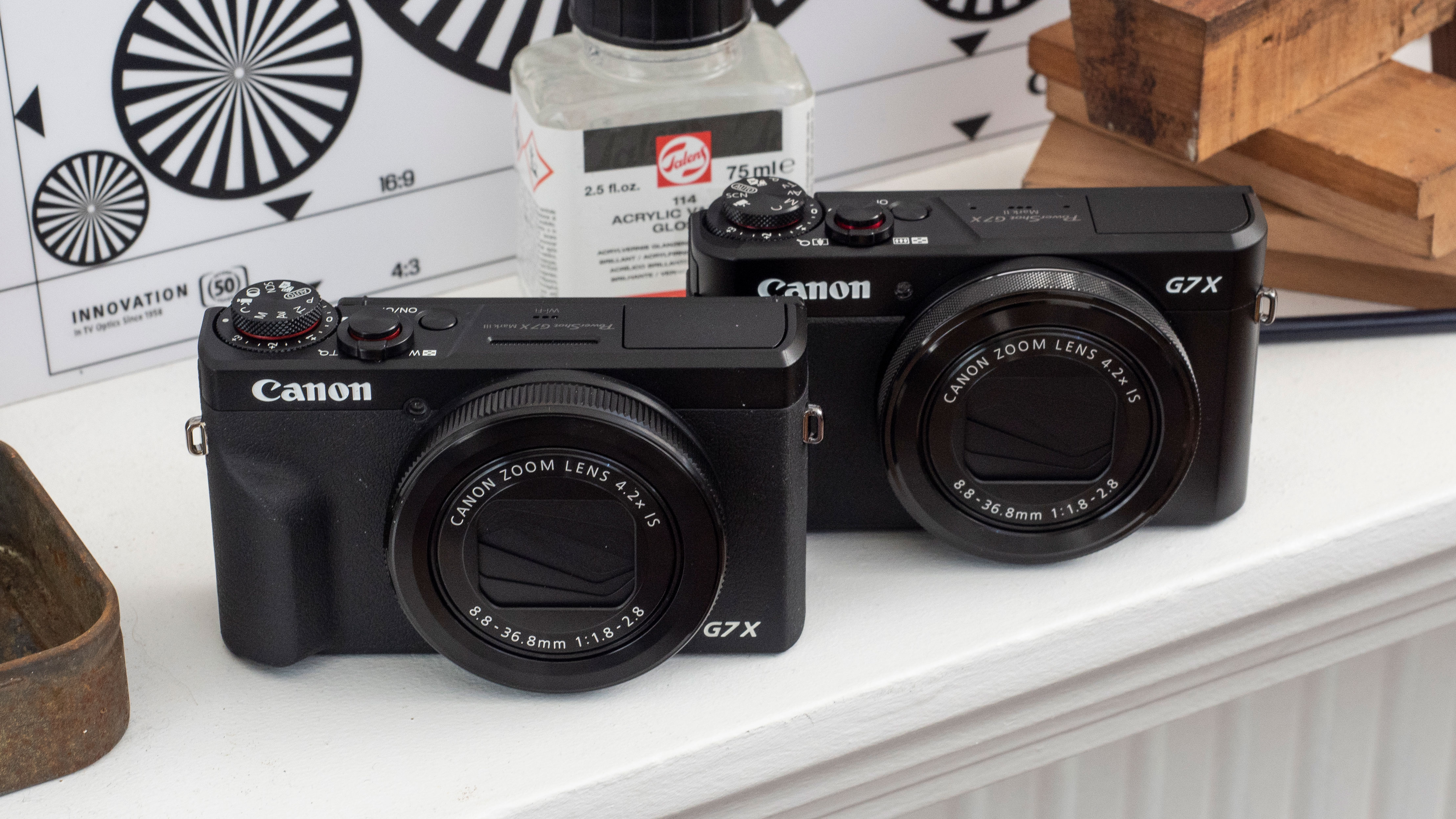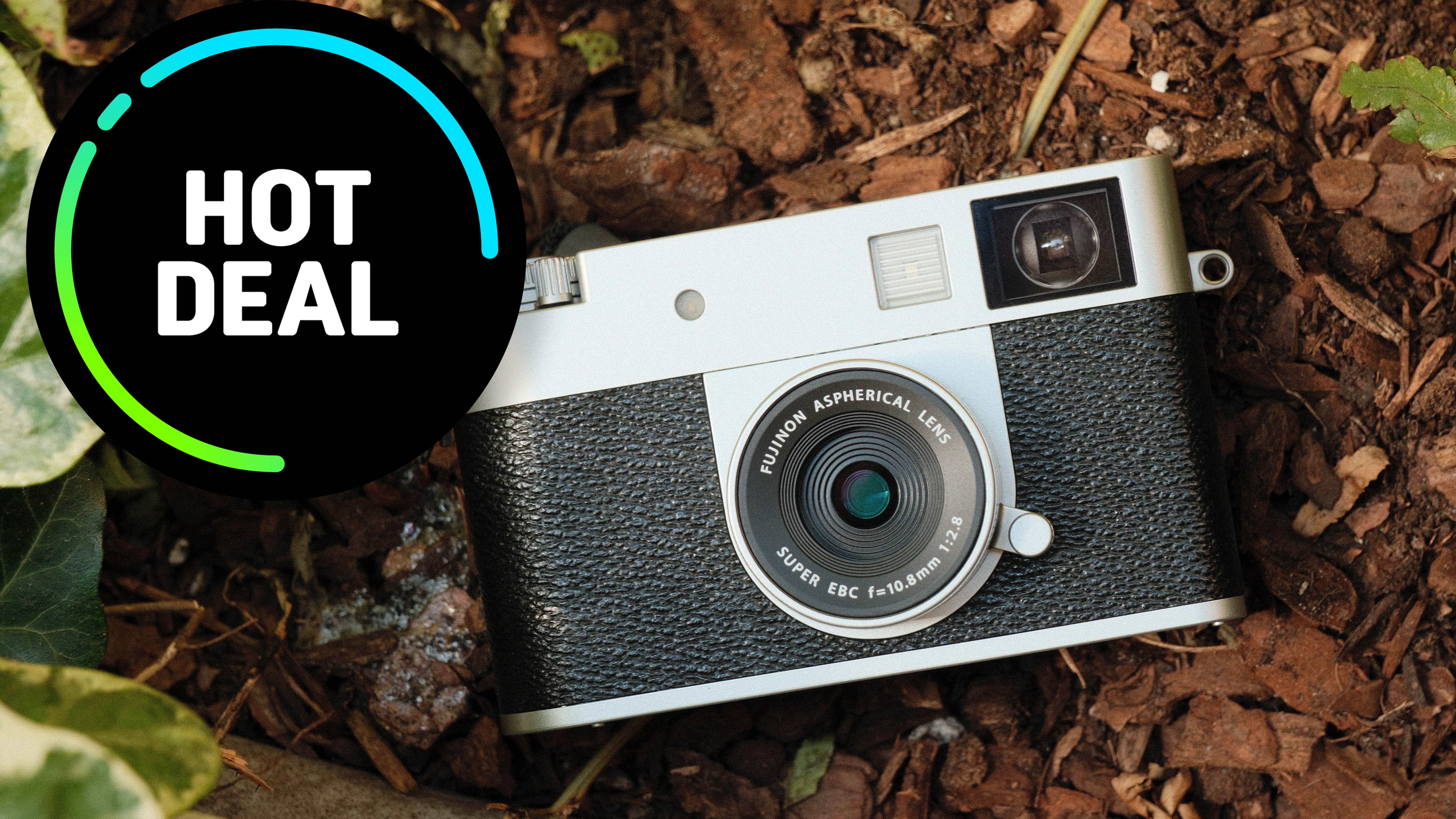This odd camera is trending – and it shows that camera brands don’t understand what influencers want
Influencers are turning to an aging camera to find the features they want

Every new major camera feature brings out predictions that death is imminent for the previous tech. But while the advent of camera phones spelled a poor prognosis for compact cameras, like film before it, the humble point-and-shoot sputtered and then… never really died.
But when camera brands buy into the doomsaying too early, it leaves few new choices on the shelves. Case in point? The influencer camera trending on TikTok is a series that has been around for more than a decade: The Canon PowerShot G7 X.
The G7 X is a compact camera built around a 1-inch sensor and a 24-100mm equivalent zoom lens. Canon has created three renditions of the compact: the original, the G7 X Mark II and the G7 X Mark III.
Despite the newest version being half a decade old, the Canon G7 X is trending on TikTok among "It Girl" influencers. According to The New York Times’ Wirecutter, the trend caused searches for the camera to hit its highest yet in 2024, driving up prices on eBay and leaving the camera out of stock on Canon’s website.
But the G7 X is far from the only example of cameras unexpectedly hitting viral status, driving up prices and severely limiting availability in a genre once thought to be murdered by the smartphone. The Fujifilm X100VI’s viral fame means that, if you can find the camera, you may end up paying significantly more than list price.
Besides demonstrating proof of life for the compact camera, the trends point to a more serious problem: camera brands don’t really understand what influencers want. And with content as king, influencers will make up a significant portion of the market outside of photographers and videographers.
A compact design is still key
As smartphone cameras grew in capability, manufacturers seemed to divert focus to mirrorless cameras that could offer the most noticeable difference over the cameras that nearly everyone in the developed world now carries in their pockets.
The best camera deals, reviews, product advice, and unmissable photography news, direct to your inbox!
But there’s something to the experience of using a dedicated camera. Photographers like myself have known that all along, but Gen Z is just realizing it for the first time, bringing back old 2000s-era compacts for the experience and ability to take photos without becoming distracted by the rabbit hole that is the internet.
Compact cameras offer that experience, yet don’t require lugging around much extra weight.
Flattery is everything (for influencers, anyway)
Here’s where I think what influencers are looking for may take a serious diversion over what photographers want: influencers tend to care more about how they look in the photos over how the photos look.
One of the reasons the G7 X series is so popular over other compacts is that the camera has a 24-100mm equivalent lens built in, where compacts like the Fujifilm X100VI and Ricoh GR III have a fixed lens. Even the Sony ZV-1F, a vlogging camera designed largely with influencers in mind, fails to offer any sort of zoom. Instead, the vlogging camera has a fixed 20mm lens.
As any portrait photographer will tell you, a longer focal length tends to be more flattering while a wide angle lens will distort the facial features and make them look farther apart. (The “digital teleconverter” on the X100VI simply crops the photo, which doesn’t have the same portrait effect as an actual optical zoom).
Every endless video that I’ve watched of beauty influencers reviewing a camera focuses on how they look in the photo, not the photos themselves.
Cameras don’t need to be “good” to be good for social media
Along those same lines, flattering portraits don’t need to be 50MP. In fact, that high resolution can actually do more harm than good by increasing the texture of the skin with too much detail. The 20MP sensor on the G7 X III – and the single digits of those crappy 2000s-era point-and-shoots – are better for smoothing the skin.
But today’s 50MP sensors are also overkill for Instagram. The social platform downsizes images to 1080 pixels wide, which means even those 20MP shots are getting downsized first.
Listen to any of the influencer reviews of the G7 X III and you’ll hear terms like “filmy” and words of praise for the tiny built-in flash. Fashion influencers don’t care how technically perfect a camera is, they care how in style the images are. And with the film-like look, twenty-year-old point-and-shoots, and direct flash trending, influencers don’t need to drop four figures on a technically superior camera.
Are camera brands too focused on technical "world first” feats?
While the latest trending cameras focus on an old- school look and compact but fashionable size, camera brands are looking towards the next new tech. While that’s a great thing for many photographers, manufacturers shouldn’t ignore the non-professional market either.
As camera brands have diverted focus to mirrorless, 2024’s trendiest cameras should serve as a wakeup call. Mirrorless innovations should continue – but brands also need to stop ignoring both the compact camera and the trend towards imperfect but stylized images.
As smartphones continue to over-perfect memories with artificial intelligence, I think we could see an even bigger demand for compact cameras that understand that memories aren’t perfect – and our everyday cameras don’t need to be, either.
Don't spend more than the $800 list price for the G7 X III – if trends have driven the price of the compact too high, consider some of the best cameras for Instagram or the best compact cameras. And don't miss our rundown of the best Black Friday camera deals

With more than a decade of experience writing about cameras and technology, Hillary K. Grigonis leads the US coverage for Digital Camera World. Her work has appeared in Business Insider, Digital Trends, Pocket-lint, Rangefinder, The Phoblographer, and more. Her wedding and portrait photography favors a journalistic style. She’s a former Nikon shooter and a current Fujifilm user, but has tested a wide range of cameras and lenses across multiple brands. Hillary is also a licensed drone pilot.


